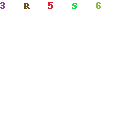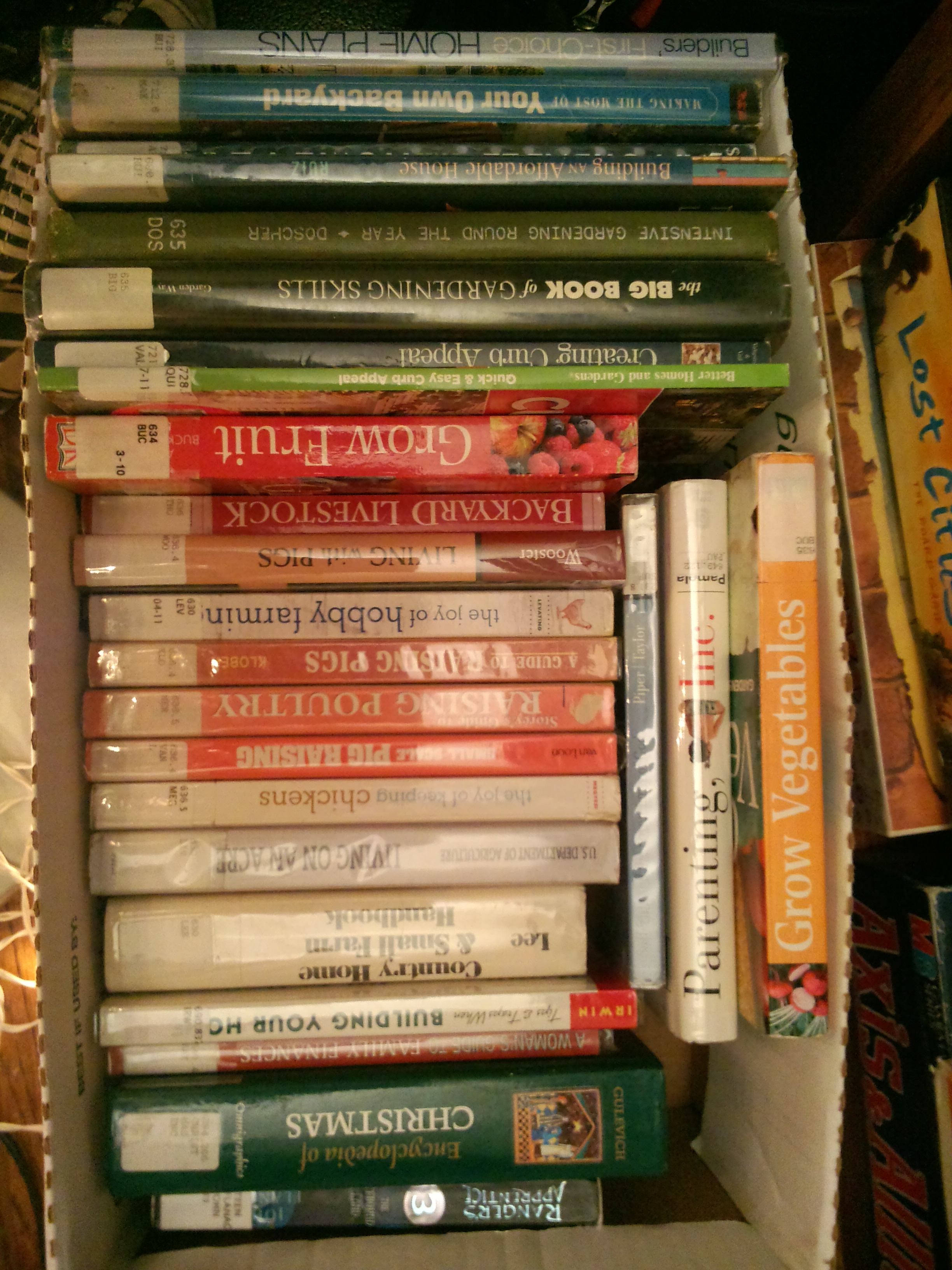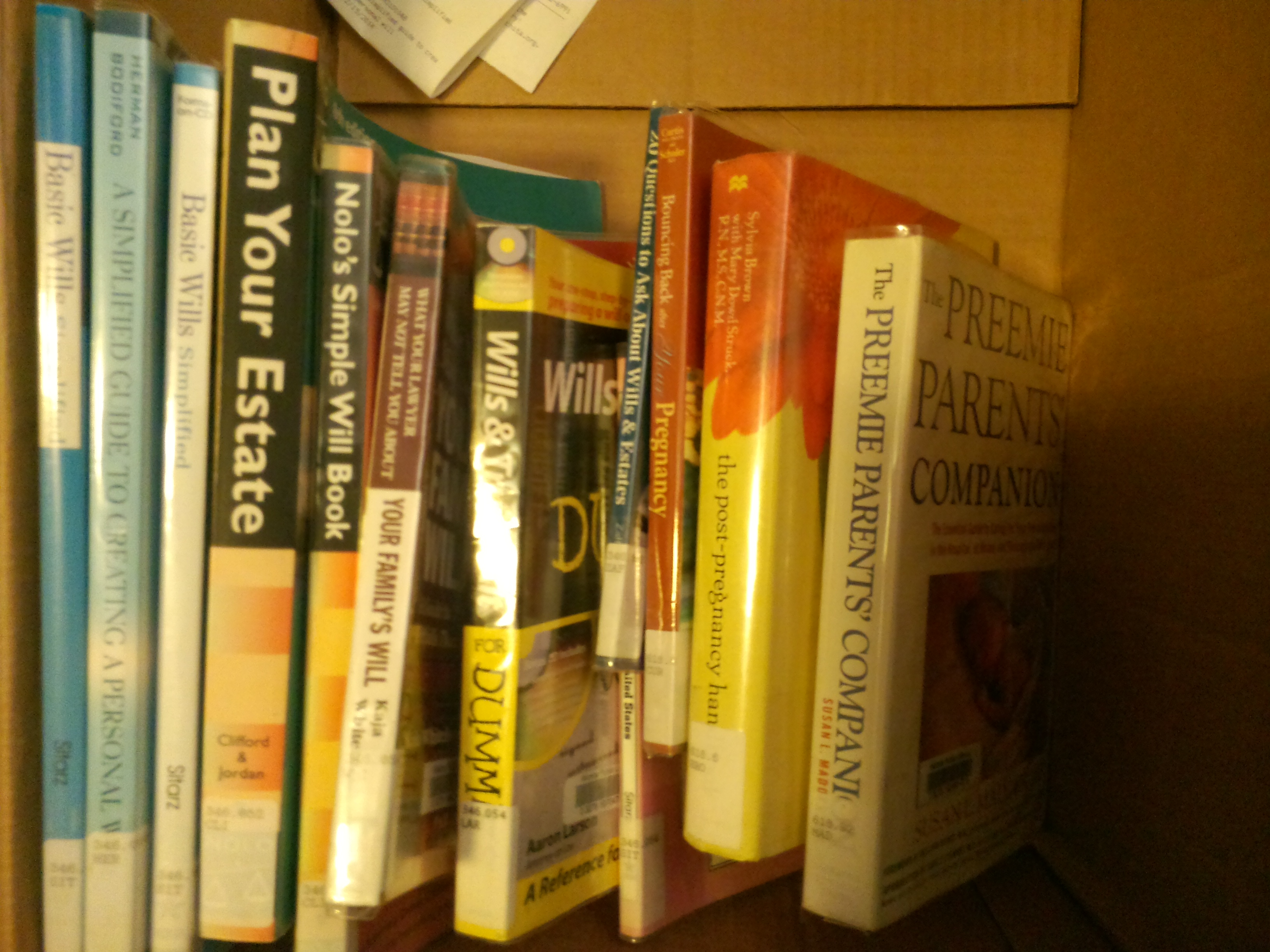“How to manipulate your kids into doing what you want.”
I was trying to figure out how to explain to my husband what Debbie and I had been learning from Parenting with Love and Logic as we read – and that was the best I could do.
The “Love and Logic” parenting style is one in which parents are consultants, establishing options within limits. The practical outerworking of this is that parents set firm limits by giving two options, both of which are acceptable to the parents and which can be enforced if the child decides to do nothing in response. For example, if a child is dawdling over a meal at a restaurant, instead of trying to force the child to eat (or make an ineffective threat “Do you want me to leave you here?), a parent offers the option: “We are leaving in fifteen minutes. Would you like to leave hungry or full?” In this case, the decision is in the child’s hands and the parent is okay with either choice. Furthermore, unlike the threat of leaving the child in the restaurant, the parent can actually follow through with letting the child go to the car hungry. The second part of the parenting style is empathizing with a child when he encounters problems and then handing the problem and its consequences back to the child. For example, when the above child complains later that he’s hungry, mom and dad sympathize “I’m so sorry that you’re feeling hungry. I often feel hungry when I skip a meal. Our next meal is at five, but if you’d like to buy a snack, I suppose I could accomodate that.”
Reading my summary above, the approach seems logical and appropriate. And really, I think there are lots of valuable applications of Love and Logic principles. But I did feel like a lot of the examples given in the book involved manipulating situations to get what you want from your kids. For example, the authors describe a parent who, after months of threatening, actually left his child at a restaurant. He’d planned in advance for a friend to be in the corner of the restaurant descreetly watching the child. And then there’s the parent who dropped her squabbling children off at the corner on the way home from school, insisting that she couldn’t drive with such a racket going on – the kids could either sit quietly and receive a ride or they could walk home. Of course, yet again, the mother had arranged for a friend to travel behind the kids as they walked to make sure they were okay.
The other part that felt manipulative was the prescribed language. According to the authors, Love and Logic parents sound like a broken record, always saying the same things. When they offer choices, they use language like “Would you rather…eat at the table or play in your room? …wear your coat or carry it?”, “Feel free to…join us for dinner when your room is clean.”, or “You’re welcome to…settle this argument yourself or we could draw straws.” When children refuse to make a decision when offered an option, the parents start the “Uh oh” song – “Uh oh, looks like you just chose to to go home hungry” – followed up with “Would you like to go to the car under your power or mine?” and “Uh oh, looks like you just chose to go under my power.” and so on and so forth. When a child defies his parents and the options they’ve given, the parent says “No problem!” (Honestly, I didn’t pay any attention to what comes next because, while I agree that it’s better not to let a child get and be aware that he has the upper hand in a conflict with his parents, I don’t see myself answering defiance with “No problem!”) When a child ends up experiencing consequences from his actions, the parent gives a pat response (that the authors insist cannot be pat but must be truly empathetic) of sympathy, describes how they feel when something similar happens to them, and then asks the child how they’re going to deal with it (or asks the child if they think there’s anything they could have done to have avoided it.)
Of course, I have to admit that the authors put me off in the second chapter and that may have influenced how I read the rest. You see, in chapter 2, the authors describe what they see as two ineffective parenting styles, helicopter parents and drill sergeant parents, before describing their own consultant parenting.
As I read, I was immediately transported to a screened-in awning in a campsite outside of Rocky Mountain National Park. Having had a rather unworshipful experience visiting a church during our last vacation (to Branson, Missouri), my father chose to have our own worship service on Sunday during this vacation. He prepared a sermon on lessons he’s learned as a parent – and he shared how he’d discovered that his parenting approach had to change as his kids grew older (lest you get the wrong impression, this was NOT the primary point of the sermon.) He said you have to be a helicopter while your kids are infants, from the time they start rolling around to when they start talking – you spend your time hovering, moving them out of dangerous situations and removing dangerous items from their path. In the toddler years, you have to be a drill sergeant – issuing orders of “Yes”, “No”, “Do this”, “Don’t do that.” According to my dad, reasoning with a child and giving them choices in this stage is silly. But as the child develops reasoning skills, the parent can move towards a consultant role.
In other words, my dad described their ineffective parenting styles as stages of parenting. According to him, it would be inappropriate to continue being a helicopter or a drill sergeant once your child needed a consultant – but it would be equally inappropriate to try to be a drill sergeant with your six month old or a consultant with your toddler.
Now, my father has raised seven children to adulthood – and all of them have turned out rather well (if I do say so myself.) My siblings are smart, respectful, thoughtful, good citizens. They work hard and take responsibility for themselves. Any parent could be proud of them. So having the authors suggest that my dad did it wrong is not the best way to get on my good side.
That said, I feel like the general concepts – of setting firm limits by giving two options, both of which are acceptable to the parents and which can be enforced if the child decides to do nothing in response, and of providing logical real-world consequences when limits are breached – are good. Similarly, several of the “pearls” (short chapters describing how one might apply Love and Logic concepts and techniques to different scenarios) were useful.
Overall, while I have some quibbles with certain parts of the authors’ technique, I’m glad Debbie and I read this book – and I will likely plan on returning to it when our children reach the age to try some consultant-type parenting, probably around late preschool age?
Rating: 3 stars
Category: Parenting
Synopsis: How to manipulate your child into doing what you want or how to provide limits that help you maintain sanity as a parent – it’s all in how you frame it.
Recommendation: The bones are pretty good, if you can manage to get to them through the psychobabble in the first several chapters (let’s just say I had to re-read the book two or three times and write up some notes while reading in order to get to the concise summary of the technique you see above.) Read it looking for the bones and a few fun features and you’ll do well – don’t think you should implement it all as written.
 To kick the year off, I’ll be joining with Carrie’s L.M. Montgomery Reading challenge – rereading one of the Anne books (I’m not sure which) and possibly making another Anne outfit for “Black Anne”, my American girl doll (named thus because I happen to own Addy, the original black American girl doll). I also may or may not find and read a book about Lucy Maud from my local library. It’s certainly not too late to participate yourself – check out Carrie’s opening post at Reading to Know.
To kick the year off, I’ll be joining with Carrie’s L.M. Montgomery Reading challenge – rereading one of the Anne books (I’m not sure which) and possibly making another Anne outfit for “Black Anne”, my American girl doll (named thus because I happen to own Addy, the original black American girl doll). I also may or may not find and read a book about Lucy Maud from my local library. It’s certainly not too late to participate yourself – check out Carrie’s opening post at Reading to Know. Participation in the L.M. Montgomery challenge happily doubles as participation in the RTK Classics bookclub – a monthly classics book club that participants are welcome to jump into for as many or as few months as they choose. We’re going with relatively short books this year, since most of the participants are busy moms. I hope to participate as often as possible – and will be hosting the November reading of Grimm’s Fairy Tales (I’ve started reading already – but you’ll be welcome to read only a few tales if you want to, so consider joining in at least for my month :-P). To see the complete list of reading selections for 2015, check out this introductory post.
Participation in the L.M. Montgomery challenge happily doubles as participation in the RTK Classics bookclub – a monthly classics book club that participants are welcome to jump into for as many or as few months as they choose. We’re going with relatively short books this year, since most of the participants are busy moms. I hope to participate as often as possible – and will be hosting the November reading of Grimm’s Fairy Tales (I’ve started reading already – but you’ll be welcome to read only a few tales if you want to, so consider joining in at least for my month :-P). To see the complete list of reading selections for 2015, check out this introductory post. The other challenge I know I’ll be wanting to participate in this year is Barbara’s Laura Ingalls Wilder reading challenge in February. I plan to read Farmer Boy and to make as many Farmer Boy inspired recipes as possible! Learn more about Barbara’s challenge here.
The other challenge I know I’ll be wanting to participate in this year is Barbara’s Laura Ingalls Wilder reading challenge in February. I plan to read Farmer Boy and to make as many Farmer Boy inspired recipes as possible! Learn more about Barbara’s challenge here.







